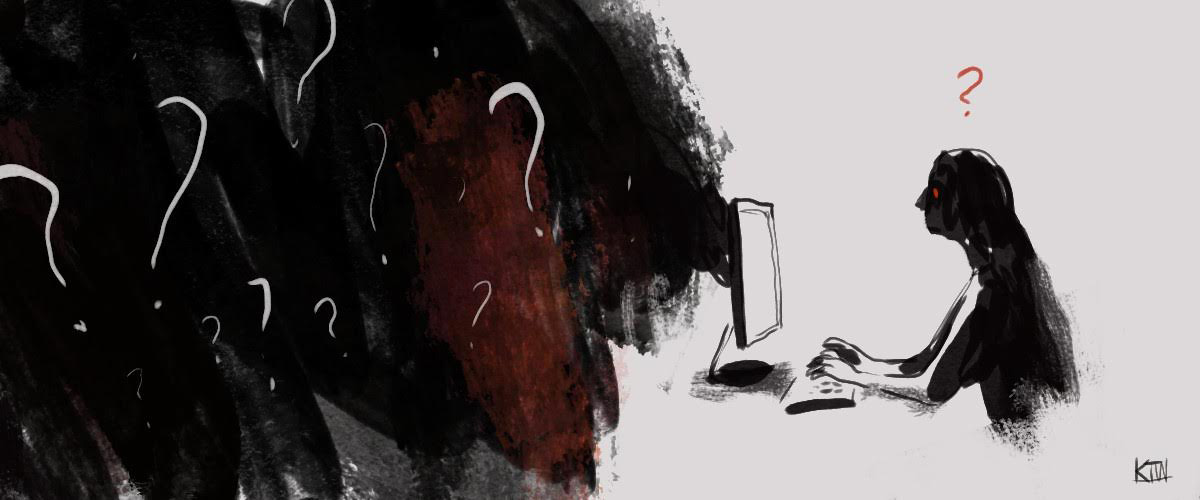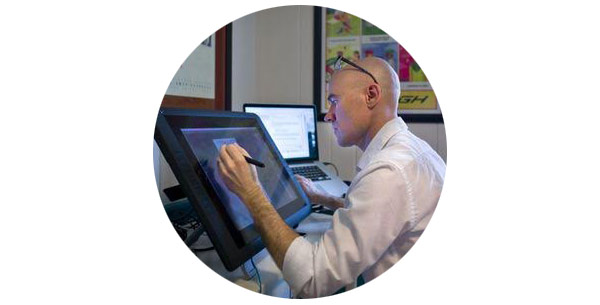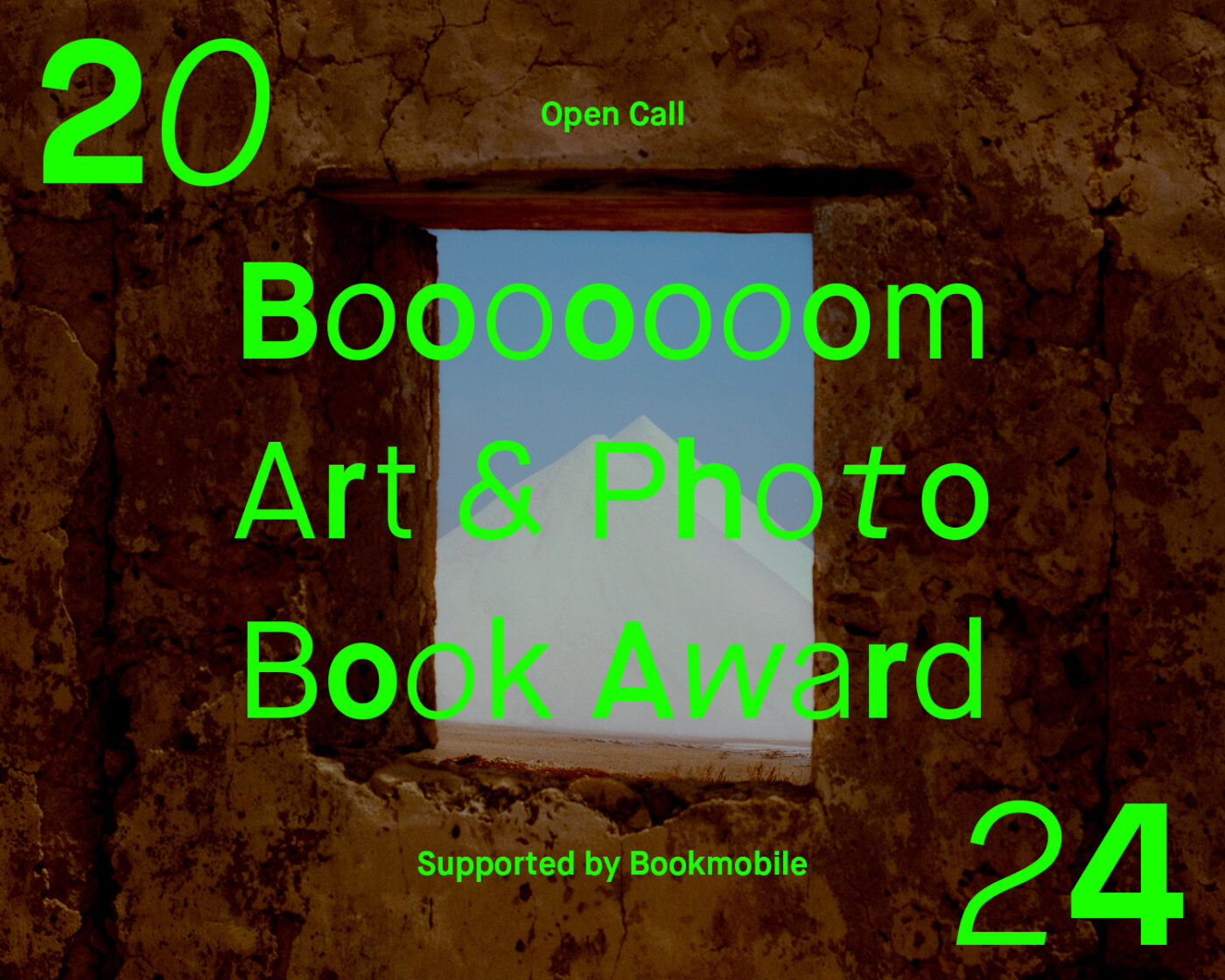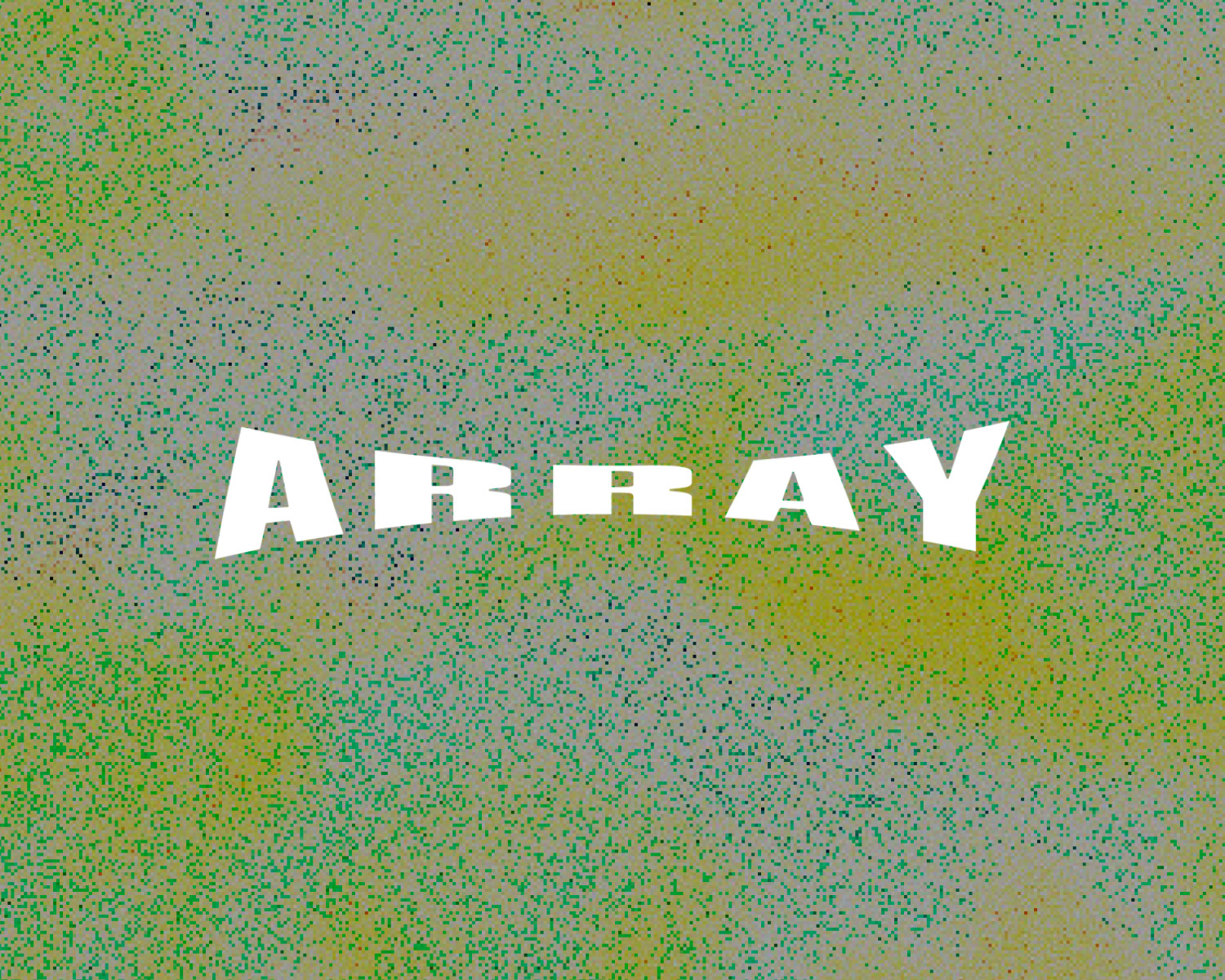
We recently came across an article proposing the most efficient way to communicate with an illustrator, and it’s relevant for anyone looking to hire creatives of any discipline. Illustrator Kyle T. Webster wrote the article to act as “a guideline that will lead to improved communication, fewer revisions, better artwork, and fewer headaches for all involved”.
If you’re a freelance creative and have any thoughts to add, or you’re an art director with a counterpoint, we’d love to hear from you in the comments section below.
1. Your first email to an illustrator should not read: “Hey, are you available for an assignment?”
This kind of email is a waste of everybody’s time, because all of the important information is missing: size and number of illustrations, context, timeline, and budget. In order to reduce the back-and-forth between the individual assigning the art, and the illustrator, simply take a moment to include the important information in the initial email request.
For example: “Hello, John – we are publishing a story about the ongoing conflict between hedgehogs and walruses. We will need a cover, a full page, and two spot illustrations. The deadline for sketches is March 1st, and the finals will be due March 8th. Our budget is $3750. Are you available / interested in working with us on this assignment? Please let me know by 5pm today. Thank you.”
With one email, you have now given the artist all of the info needed for him/her to decide whether or not to accept the job. This used to be the standard introductory email for all assignments. I’m not sure what happened, but I, and many illustrators I know, rarely get emails like this any more. Let’s fix that.
2. Please do not expect illustrators to read minds.
Details are very important. When sending emails about your job, give as many relevant details as possible to an artist, if the assigned artwork has specific requirements. Illustrators are very capable of drawing anything you need, but we cannot guess what that might be if we are not told up front. For example, if you tell an illustrator to draw “a car on a street,” then the illustrator will assume the make and model of the car are not important. S/he will also assume the street can be any kind of street. Therefore, it is not fair to the artist to reject the final art because you expected a vintage Porsche on the Autobahn. Please be sure to communicate all required elements of the art in your earliest correspondence with your artist, and it will be smooth sailing for all.
Sometimes, very little direction is preferred, if the assignment calls for a lot of artistic freedom and interpretation. But, let us not confuse this with a lack of relevant information. For instance, the recent recipient of the Richard Gangel Art Director Award, SooJin Buzelli, is famous for giving her artists a lot of freedom. But let us note that when she assigns work, she actually has spent a good deal of time figuring out a way to distill a complex article down to its essential message or theme. She then sends this one or two sentence summary to a carefully selected illustrator, providing that individual with a perfect launchpad from which to create a unique visual solution. Concise and efficient.
3. Please write back. Please.
This is just common courtesy. I often get asked if I am available for an illustration and I then respond in the affirmative with some questions about the assignment or the budget or some other detail. Then, no reply ever comes. A week later, I will see another artist blog about completing the very same assignment that was initially emailed to me. While I understand that everybody is very busy, and emails are flying around at the speed of light, I urge you to please remember that it is unprofessional and quite rude to simply leave an artist hanging.
We often will put other things on hold or rework our weekly schedule to accommodate a project that we think is moving forward. A simple email to let us know that you will be working with somebody else, the job is cancelled, the issue is on hold, etc. is all we need to move on and stay on top of our other jobs. Thank you.

Interview with Kyle T. Webster
Booooooom: Where are you based?
Kyle T. Webster: I live on the campus of Wake Forest University in Winston-Salem, North Carolina. In the late 1950’s, our neighborhood was built to offer nice houses exclusively to university faculty who wanted to be close to their offices. Over time, the neighborhood has changed to now include people who do not work at the university.
Booooooom: What’s the best part about living there?
KTW: Living on a college campus is amazing. There are sports events, music performances, lectures, and art exhibits weekly and all of these are free and open to the public. We never run out of things to do. Best of all, my two young children have fields and fields of open space on which to play, running trails to explore, and so much great art and culture to enjoy. We feel very lucky.
Booooooom: How long have you been working as an illustrator?
KTW: My first editorial assignment was published in 2003, and I have been working happily as an illustrator since then.
Booooooom: Won’t ask about the bad clients but who has been a great client to work with in terms of communication?
KTW: I love working with the creative director at Wake Forest. He is a close friend of mine and was a very successful illustrator for a decade between 1990 and 2000. Because of his background, he communicates very well when we collaborate on assignments, and his edits are always spot on. When I was just starting out, I was actually a big fan of his work, so it’s a real treat to work with him all these years later as peers.
Booooooom: I get the feeling you’re a teacher or would very much enjoy teaching. Can you talk a little bit about using the Internet to share knowledge and create tools for people to use?
KTW: I teach various drawing and painting classes at the University of North Carolina School of the Arts every semester, and it is one of my favorite things to do in life. Teaching gives me the opportunity to do something far more meaningful and important than my assignment work, and I hope to continue doing it for many more years. As for teaching online, I will be creating several digital painting course videos for my Kylebrush site, as I see the need for these courses growing every year. As much as the internet can be a source for negativity and laziness, it is also the most incredible teaching tool we, as a society, have ever developed. I marvel at it daily.


